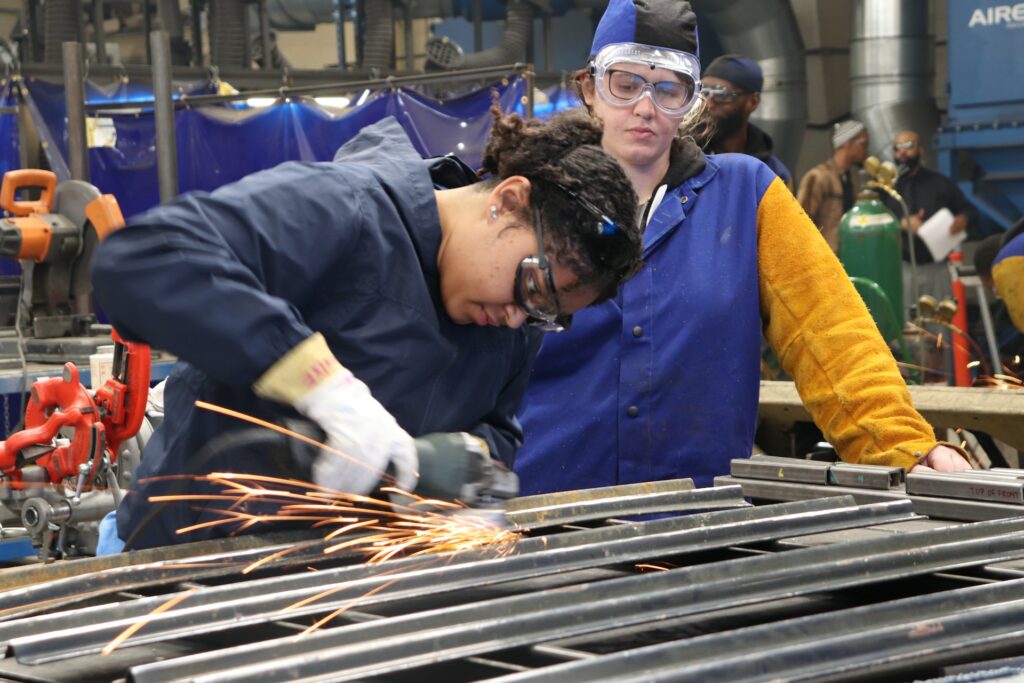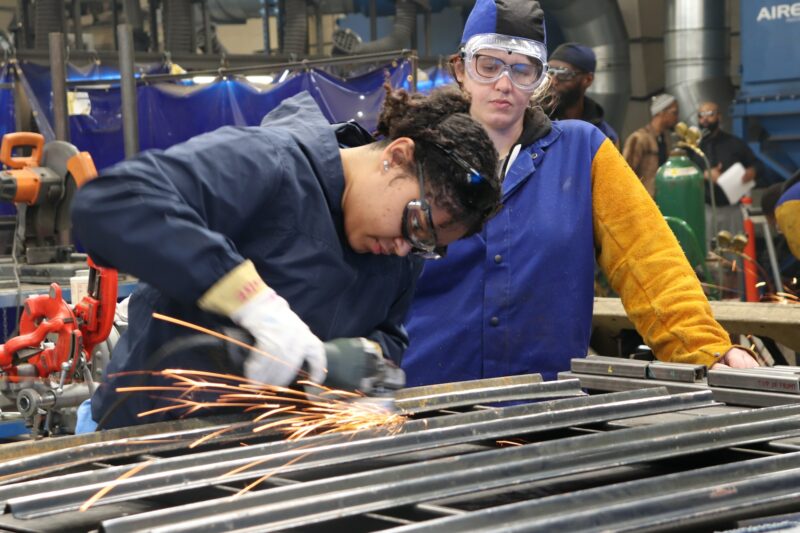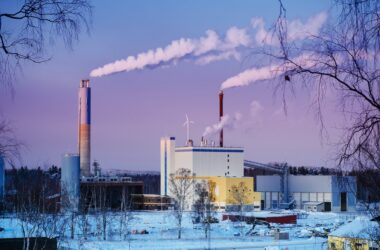In August, US employers added a commendable 187,000 jobs, indicating the persistence of a resilient labor market even amidst the high interest rates imposed by the Federal Reserve.
Although the growth in jobs was an improvement from July’s revised gain of 157,000, it suggests a moderation in the pace of hiring compared to the substantial gains observed last year and earlier this year. Over the three months from June to August, the economy gained 449,000 jobs, which is the lowest total in three years. Additionally, the government revised down the gains for June and July by a combined 110,000.
Unemployment Rate Rises – For The Right Reason
The Labor Department’s report also revealed that the unemployment rate increased from 3.5% to 3.8%, the highest level since February 2022, although it remains low by historical standards. Interestingly, the rate rose for a positive reason: a significant number of people (736,000) started looking for work last month, the highest since January, and not all of them secured jobs immediately. Only individuals actively seeking employment are considered unemployed.

The labor force participation rate, which represents the proportion of Americans who either have a job or are searching for one, climbed to 62.8% in August, the highest since February 2020, before the COVID-19 pandemic severely impacted the US economy.
Fed’s Rate Hikes and Their Impact on Inflation
The Federal Reserve’s series of 11 interest rate hikes has contributed to a reduction in inflation from a peak of 9.1% last year to 3.2% now. A decelerating job market could further shift the economy into a slower gear and reassure the Fed that inflation will continue to subside. Consequently, many economists believe that the central bank may conclude that no additional rate hikes are required.
The jobs report also indicated that wage gains are diminishing, a trend that could help confirm that inflation pressures are receding. Average hourly pay increased by only 0.2% from July to August, the smallest such rise in a year and a half. Year over year, wages in August were 4.3% higher than in August 2022, slightly below the 4.4% increase recorded in both July and June.
The Fed is aiming for a slowdown in hiring because intense labor demand tends to drive up wages and fuel inflation. The central bank is hoping to achieve a “soft landing,” where its rate hikes would successfully decelerate hiring, borrowing, and spending enough to contain inflation without triggering a severe recession.
Outlook for the Economy
While some economists view the August report as a sign that the economy is reverting to its pre-COVID state before the 2020 pandemic recession and subsequent explosive economic recovery, others, warn that the economy may not have fully absorbed the impact of the Fed’s rate hikes. Some economists anticipate a recession in early 2024 despite the optimistic outlook.
The job market has been cooling in the least painful way possible, with minimal layoffs. The Labor Department reported a third consecutive weekly decline in the number of Americans applying for unemployment benefits, a proxy for job cuts.
Despite the slowdown in job growth, many employers are still hiring, and some are struggling to fill positions. Some companies in some industries such as EVs are actively recruiting. However, some businesses, such as those working in the construction sector, are delaying hiring contractors due to inflated material costs and pressure on the property market.
Concerns About the Future
Mike Halliday of Halliday Brothers Contracting noted that customers are becoming apprehensive about the economy’s future. Uncertainties about the economy and banking sector developments make people hesitant to spend.
Although the US economy added more jobs than expected in August, the unemployment rate rose to 3.8%, the highest since February 2022. This increase occurred as the labor force participation rate reached 62.8%, the highest since February 2020, just before the COVID-19 pandemic declaration.
Despite these mixed signals, many economists and financial professionals remain optimistic, confident that the US job market will continue to expand, even if at a more measured pace.
WeInvests is a financial portal-based research agency. We do our utmost best to offer reliable and unbiased information about crypto, finance, trading and stocks. However, we do not offer financial advice and users should always carry out their own research.
Read More













